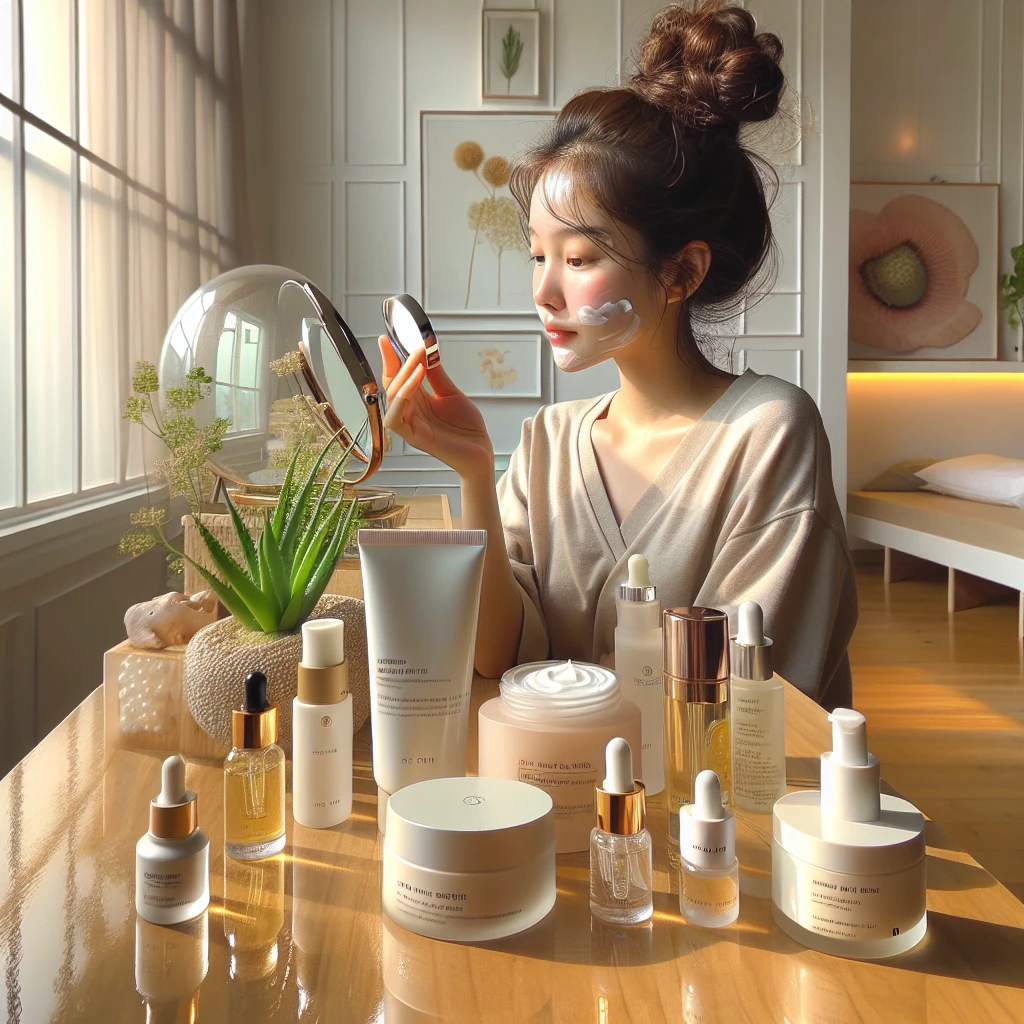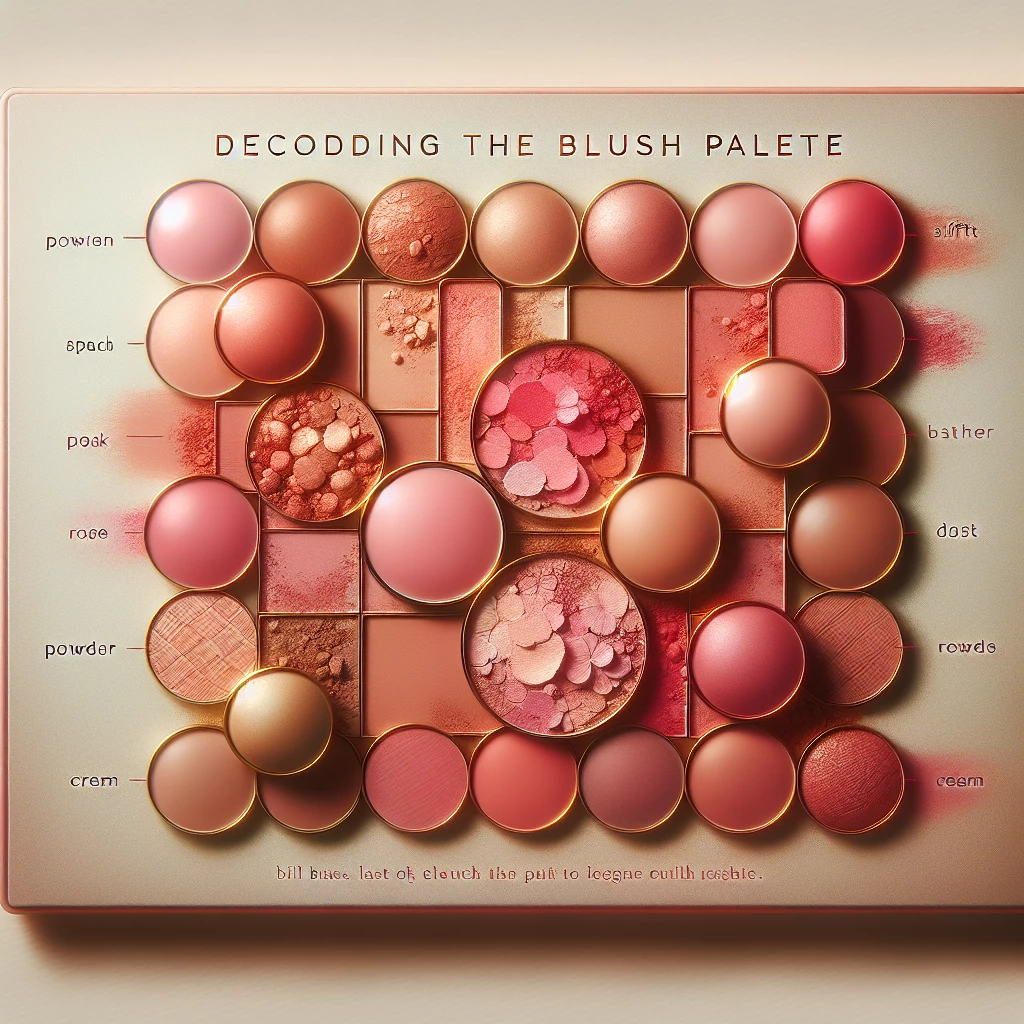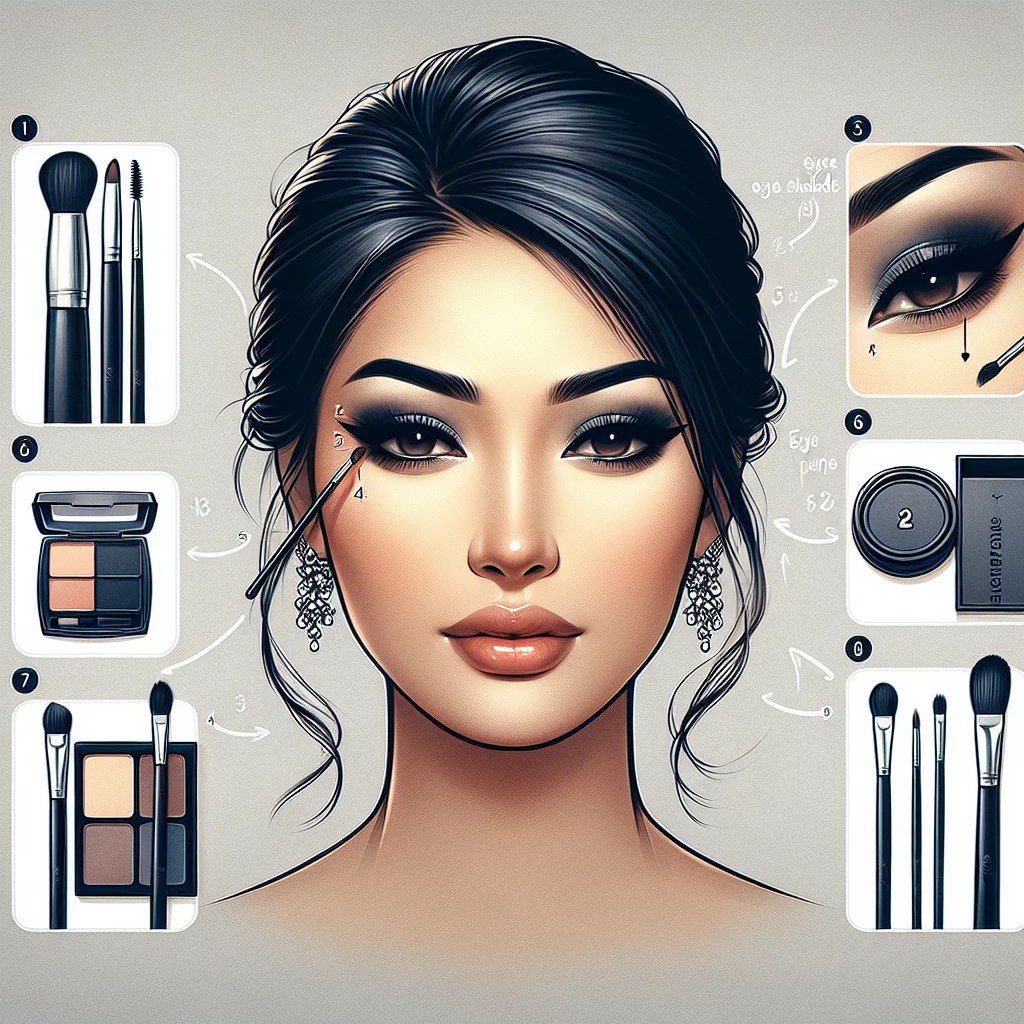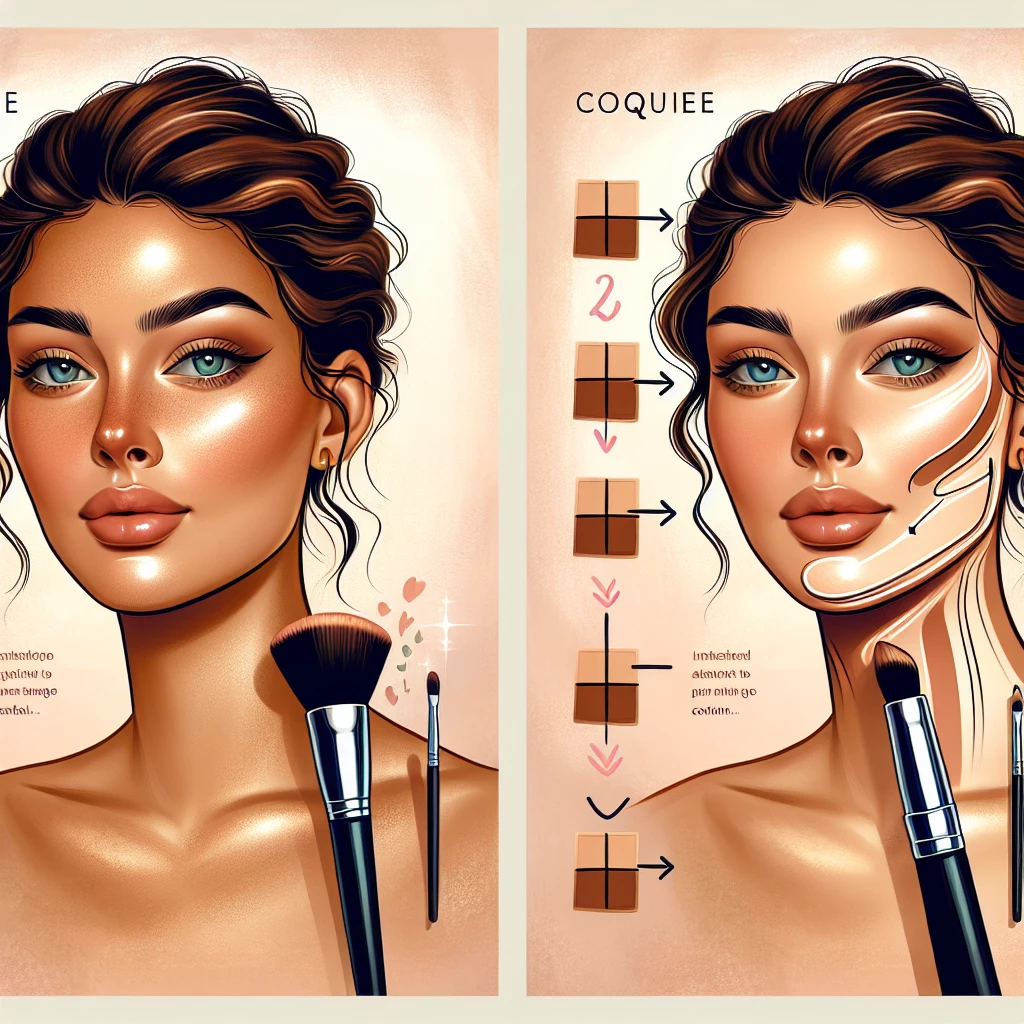Welcome beauties! We are taking a deep dive into the world of contouring, one of the most pivotal makeup techniques that can instantly transform your look. Whether you're after an everyday natural look or a full-blown statement look for the evening, mastering the art of sculpting through contouring is a foundational skill in any makeup enthusiast's arsenal. So, Delve into our inclusive makeup guide where we'll break the process down for you in comprehensible steps and surefire tips. Let's conquer contouring together!
What is Contouring?
Contouring is a makeup technique used to define and enhance the structure of the face. It involves using a product that is darker than your skin tone to create shadows and add depth to certain areas of the face, while lighter product is used to highlight and bring forward other areas. When done correctly, contouring gives balance to your face and creates a beautifully sculpted look.
Originally a secret trick used by makeup artists in the film and fashion industry, contouring has blown up in popularity over the last decade, thanks perhaps to stars like Kim Kardashian who made the flawless, contoured look a beauty standard. Today, anyone can try this technique at home with a little bit of practice and the right products.
However, contouring doesn't follow the same rules for everyone. The technique should be tailored according to your specific face shape to achieve the most flattering results. Deciphering your face shape plays a critical role in contouring just right so that you can highlight your best features and downplay any areas you feel self-conscious about.
Essential Contouring Tools
To conquer contouring, you don’t need a vanity bursting with makeup tools. A few essential ones would do the trick. Top of the list is a contour palette that includes matte shades, both lighter and darker than your skin tone. The palette should ideally also have a shimmering highlighter to add a dewy finish to your look.
As for brushes, invest in a set that has a variety of sizes for precise application. A small, pointed brush is perfect for nose contouring while a larger, angled brush would work beautifully for cheekbones and jawline. A blending brush is another 'can't do without' tool in your kit, to ensure the contouring and highlighting beautifully blend with your foundation avoiding harsh lines.
A beauty sponge, dampened and well-squeezed to remove excess water, is useful in blending out cream or liquid contouring products. Also very helpful for applying foundation before you move on to contouring stage, to ensure a smooth and even canvas.
Step-by-Step Contouring Guide
Now it’s time to jump into the step-by-step guide of contouring. Start with priming your skin and applying your favorite foundation. The primer will ensure your makeup holds and lasts throughout the day, while a high-coverage foundation or BB cream will work as the perfect canvas for contouring. If you have any spots or acne to cover, use a concealer after your foundation.
Next, identify which parts of your face you want to contour. Common areas are the cheekbones, the jawline, along the sides of the nose, and the temple. Apply a matte contour shade in these areas using your contouring brush, and blend well to ensure there are no harsh lines.
For highlighting, choose areas like the bridge of your nose, cupid’s bow, forehead, and the under-eye area. Cream or liquid highlighters are more intense than powder formulas and can be beautifully blended using a damp beauty sponge for a natural dewy finish.
Lastly, don't forget to set everything with powder, especially if you have used cream or liquid products. Throughout the process remember, blending is key.
Contouring Pitfalls to Avoid
Even though sculpting your facial attributes with contouring techniques can be transformative, it's important to avoid some common pitfalls. First, be careful not to use a contouring product that is too dark or too light for your skin. It's best to choose a shade that is only two shades darker than your skin tone for a natural effect.
Secondly, everyone’s face shape is unique. What works for one may not work for the other. Therefore, copying any contouring tutorial without considering your own face shape can make or break your final look. Customize your contouring to your face shape to bring out your best features.
Lastly, overdoing contouring can leave you with a cakey and often unnatural look. Remember, contouring is meant to enhance your best features, not to create new ones. Keep the application light and buildable.
Experiment and Practice!
The beauty of makeup is that it's a form of individual expression and it's never permanent. Therefore, don’t be afraid to experiment, make mistakes, and learn. Practice is often the secret for the most flawless beauty routines.
Contouring is a makeup technique that, with some patience and artistry, can empower you to put your best face forward. With a little time and the right tools, anyone can master this game-changing makeup technique.
The power to sculpt, enhance, and transform your face is in your hands. The more you practice, the more familiar you will become with your face and how contouring can enhance it.
So, there you have it! Your comprehensive guide to mastering the ins and outs of contouring. As you immerse yourself in the journey of makeup artistry, remember to embrace your unique beauty and use makeup as a tool to magnify your confidence. With persistence, the right tools, and this makeup guide in hand, the art of contouring is yours to conquer. Remember, makeup is meant to enhance your natural beauty, so have fun experimenting, keep practicing, and create a look that makes you feel gorgeous, inside and out!

The Magic of K-Beauty
Explore the trend of Korean beauty and what makes it a global phenomenon.

Decoding the Blush Palette
A comprehensive guide to using different shades of blush for various skin tones.

Creating Smokey Eyes: A Guide
Understand the art of achieving the perfect smokey eye look for any occasion.

Unmasking Lip Gloss Trends
Dive into the world of lip gloss, tracking its evolution and the latest trends.
